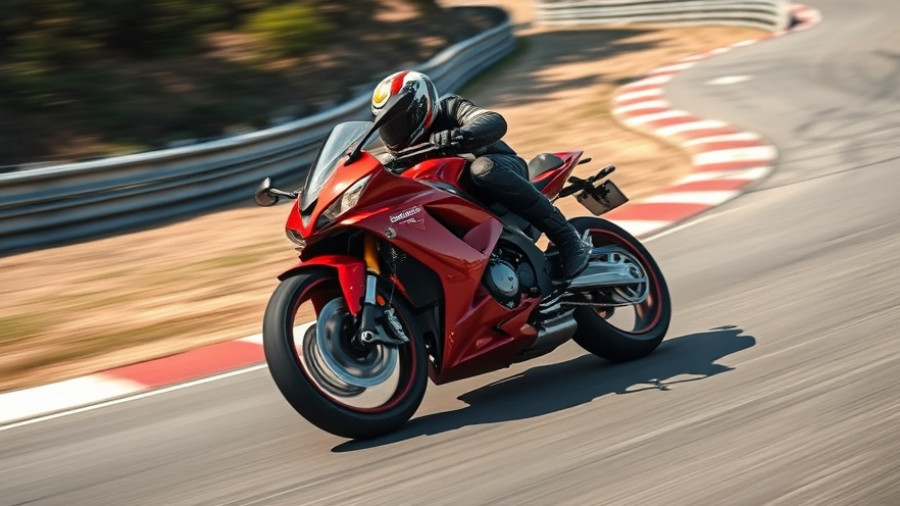
Understanding the Massive Ford Recall: What You Need to Know
Ford, one of the largest automobile manufacturers in the world, has recently announced a significant recall affecting approximately 1.9 million vehicles. This decision comes due to a glitch in rearview camera systems, which has raised considerable safety concerns among drivers. Ensuring the safety and functionality of vehicles is paramount for any manufacturer, especially for Ford, which has positioned itself as a trusted name in the automotive industry.
The Implications of the Camera Glitch
Rearview cameras have become an essential feature in modern automobiles, enhancing driver visibility and reducing blind spots when reversing. The malfunctioning camera systems may cause images not to display properly, potentially leading to increased risks of accidents. Ford's proactive measures to recall affected models indicate a commitment to customer safety. However, such a large-scale recall also impacts public trust and raises questions about manufacturing standards.
Historical Context: The Evolution of Safety Standards in Automobiles
The automotive industry has come a long way since the early 1900s when vehicles like those produced in 1920 lacked safety features we take for granted today. The introduction of rearview cameras came after numerous studies showed their effectiveness in preventing accidents. As the largest automobile producer in the world, the responsibility falls on manufacturers like Ford to uphold these standards diligently.
Auto Industry Trends: A Shift Toward Safety and Technology
This recall reflects broader trends in the automotive industry, where safety technology has become a priority following various legislative changes and consumer demands. Over the last decade, the integration of advanced driver-assistance systems (ADAS) into vehicles has reshaped buyers' expectations. As noted in recent industry analysis, automotive brands are now focusing not only on performance but also on leveraging technology to enhance driver safety.
Challenges Facing the Automotive Sector
The challenges do not stop with the Ford recall. The entire industry faces scrutiny regarding quality control and reliability. Consumers increasingly demand transparency about safety features and vehicle performance. For example, major parts retailers like AutoZone have reported increased inquiries about replacement parts following high-profile recalls. This trend highlights how recalls impact not just manufacturers but also the wider auto parts market.
Seizing the Opportunity: Lessons from the Recall
Ford's recall offers valuable lessons for both consumers and industry leaders. It underscores the importance of thorough testing and quality assurance in automotive production. On the consumer side, it prompts buyers to remain vigilant in researching vehicle safety ratings and recalls. Resources like automotive newsletters and industry reports are increasingly valuable for those looking to make informed car buying decisions.
Final Thoughts: What This Means For Automotive Consumers
The recent recall by Ford may indeed serve as a wake-up call for luxury and budget car buyers alike. Being informed and aware of the potential risks associated with automobile ownership is crucial. Knowing how to manage recalls effectively, such as staying connected to bulletin updates from manufacturers and utilizing available resources, is essential for enhancing vehicle safety.
Staying informed not only helps in making better purchasing decisions but also promotes accountability within the industry. The major automobile manufacturers, including Ford, must respond to consumers' growing expectations for safety, reliability, and transparency. As such, consumers should actively engage with industry news to understand how these recalls might affect their vehicles and safety on the road.
 Add Row
Add Row  Add
Add 




Write A Comment